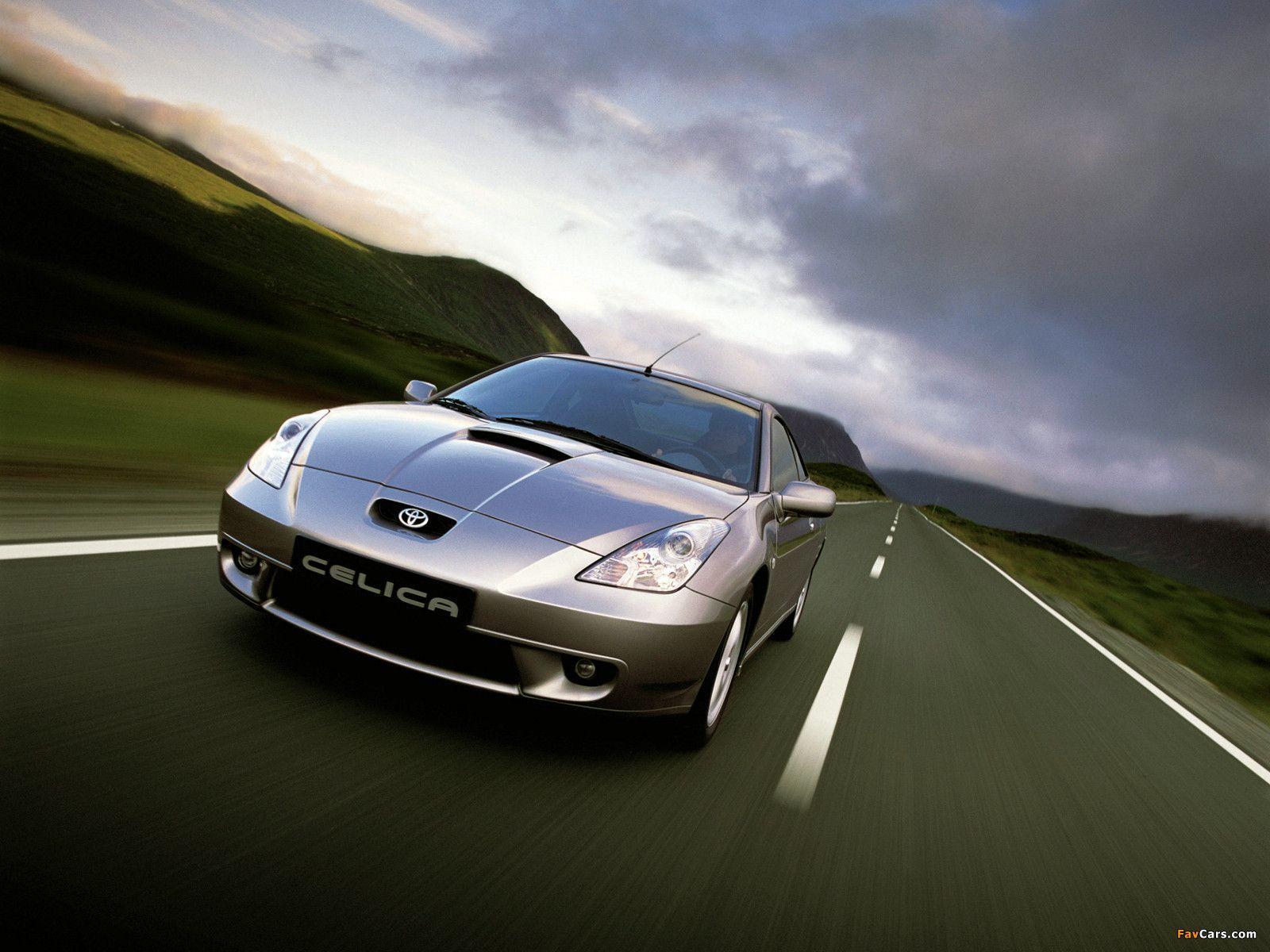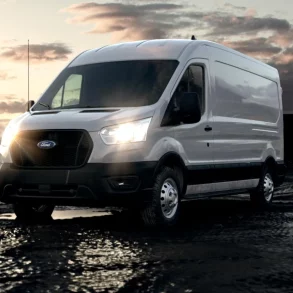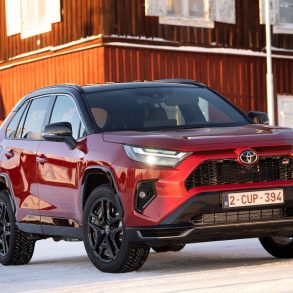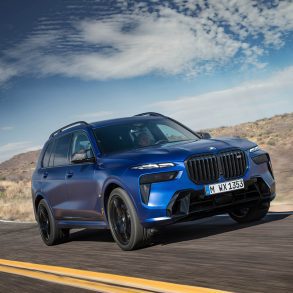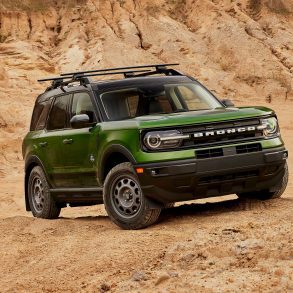Toyota Celica
Here you will find U.S. sales figures for the Toyota Celica. The Toyota Celica is a sports coupe produced by Toyota over seven generations from 1970 to 2006. Known for its sporty design, engaging driving experience, and relative affordability, the Celica became one of Toyota’s most beloved models, particularly among enthusiasts. Here’s an overview of the car’s history:
Toyota Celica Overview
The Toyota Celica was a sports car produced by Toyota from 1970 to 2006. It was available in a variety of body styles, including a coupe, a liftback, and a convertible. It was powered by a variety of engines, including four-cylinder engines, six-cylinder engines, and turbocharged engines. The Celica was a popular car for many years, and it was known for its performance, handling, and fuel efficiency. It was also a popular car for racing, and it won several championships in the World Rally Championship and the IMSA Camel GT series. The Celica was discontinued in 2006, but it is still a popular car among collectors.
Over its production run, the Celica was praised for its blend of performance, style, and affordability. Special models like the GT-Four are remembered for their rally heritage and sporty driving dynamics. The Celica also served as a platform for other notable Toyota models, like the original Supra, which started as a performance variant of the Celica before becoming its own model line.
The Toyota Celica stands as a symbol of Toyota’s commitment to offering engaging driving experiences accessible to a broad audience. Though it was discontinued, the Celica’s legacy lives on, and it remains a favorite among car enthusiasts, collectors, and fans of Japanese sports cars. Its blend of design, performance, and heritage ensures that the Celica continues to be celebrated and appreciated long after the end of its production.
Toyota Celica U.S Sales Data & Charts
Toyota Celica Generations
1st Generation (1970–1977)
Introduced in 1970, the first-generation Celica was a rear-wheel-drive coupe designed to offer sporty styling and driving dynamics. It came with various four-cylinder engine options and quickly gained popularity.
2nd Generation (1978–1981)
The second-generation Celica offered both coupe and liftback body styles. It continued the rear-wheel-drive layout and further refined the sporty design and performance.
3rd Generation (1982–1985)
A redesign brought a more angular appearance to the Celica, aligning with design trends of the era. Performance variants, like the Celica Supra, offered more powerful engine options.
4th Generation (1986–1989)
The fourth-generation Celica made a significant change by switching to a front-wheel-drive platform for most models. The GT-Four variant, with its all-wheel drive and turbocharged engine, became a rally legend.
5th Generation (1990–1993)
The fifth generation continued to offer front-wheel drive and all-wheel-drive variants. The GT-Four model gained more recognition for its rally successes and became a performance icon.
6th Generation (1994–1999)
A sleeker design marked the sixth generation, with continued focus on performance, especially in models like the GT-Four. The variety of engine and trim options catered to a wide audience.
7th Generation (1999–2006)
The final generation of the Celica shifted towards a more futuristic design and focused on lightweight and handling. The all-wheel-drive GT-Four variant was discontinued, and front-wheel drive remained standard.

